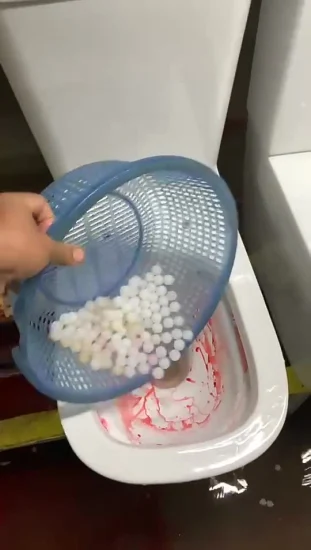Are You Permitted to Flush Food Down the Toilet?
Are You Permitted to Flush Food Down the Toilet?
Blog Article
The article directly below relating to Flushing Food Down the Toilet? is pretty much intriguing. Try it and make your own findings.

Introduction
Lots of people are often confronted with the problem of what to do with food waste, specifically when it involves leftovers or scraps. One typical concern that occurs is whether it's alright to purge food down the commode. In this article, we'll explore the reasons that people could consider purging food, the consequences of doing so, and alternative techniques for proper disposal.
Reasons individuals might think about purging food
Absence of understanding
Some people might not understand the possible injury caused by flushing food down the bathroom. They may erroneously think that it's a safe method.
Ease
Purging food down the bathroom may appear like a quick and easy service to dealing with unwanted scraps, specifically when there's no close-by trash can available.
Idleness
Sometimes, people may merely select to flush food out of large laziness, without considering the effects of their actions.
Repercussions of flushing food down the commode
Ecological effect
Food waste that winds up in waterways can add to contamination and harm aquatic environments. In addition, the water used to purge food can stress water sources.
Plumbing problems
Purging food can lead to stopped up pipelines and drains pipes, creating expensive pipes fixings and hassles.
Sorts of food that should not be purged
Fibrous foods
Foods with coarse structures such as celery or corn husks can get entangled in pipelines and create blockages.
Starchy foods
Starchy foods like pasta and rice can absorb water and swell, bring about clogs in pipes.
Oils and fats
Greasy foods like bacon or cooking oils should never be purged down the commode as they can solidify and trigger blockages.
Proper disposal techniques for food waste
Using a waste disposal unit
For homes outfitted with garbage disposals, food scraps can be ground up and flushed via the plumbing system. However, not all foods appropriate for disposal in this way.
Recycling
Certain food packaging materials can be reused, lowering waste and minimizing ecological influence.
Composting
Composting is an environmentally friendly method to throw away food waste. Organic products can be composted and used to enrich soil for horticulture.
The value of appropriate waste management
Reducing ecological harm
Correct waste administration practices, such as composting and recycling, assistance reduce air pollution and preserve natural deposits for future generations.
Securing pipes systems
By avoiding the practice of flushing food down the commode, property owners can protect against pricey plumbing repair work and preserve the stability of their plumbing systems.
Final thought
To conclude, while it may be tempting to purge food down the commode for ease, it is essential to comprehend the potential effects of this activity. By embracing correct waste monitoring techniques and getting rid of food waste responsibly, individuals can add to healthier pipes systems and a cleaner environment for all.
FLUSH FOOD DOWN THE TOILET?
FLUSHING FOOD CAN CAUSE BLOCKED DRAINS IN YOUR HOME
All of the plumbing fixtures in your home are connected to the same sewer pipe outside of your home. This outdoor sewer pipe is responsible for transporting all the wastewater from your home to the Council sewer mains. Even small pieces of food that go down the kitchen sink can cause problems for your sewer. It should therefore be obvious that flushing larger bits of food, such as meat, risks a clog in either the toilet itself or the sewer pipes. Flushing greasy food is even more problematic because oil coagulates when it cools, coating the interior lining of your pipes.
THE TOILET IS NOT A BIN
Food isn’t the only thing that people shouldn’t be flushing down the toilet. People use the toilet to dispose of all kinds of things such as tampons, makeup wipes, dental floss, kitty litter and even underwear. Water goes to great lengths to educate residents about the high costs and stress placed on wastewater treatment systems simply from people flushing the wrong stuff down the toilet. It costs taxpayers millions of dollars each year, and homeowners thousands in blocked drain repairs.
FLUSHING FOOD IS A WASTE OF WATER
Flushing food is a waste of our most precious resource - water. In June this year Level 1 water restrictions were introduced to protect water supply from drought conditions. Much of New South Wales continues to be affected by prolonged drought with recent figures revealing up to 97 per cent of the state remains in drought. Depending on whether you have a single or dual flush toilet, every single flush uses between five and 11 litres of water. In the current climate this is a huge amount of water to be wasting on flushing food that should be placed in the bin (or better yet, the compost).
https://www.jabplumbingsolutions.com.au/blog/can-you-flush-food-down-the-toilet

We were shown that report on Is it safe to flush food (especially rice) down the toilet? from a pal on another website. Enjoyed our article? Please quickly share it. Let another person discover it. Thanks for going through it.
Call Today Report this page